
All categories
Featured selections
Trade Assurance
Buyer Central
Help Center
Get the app
Become a supplier

(2412 products available)



















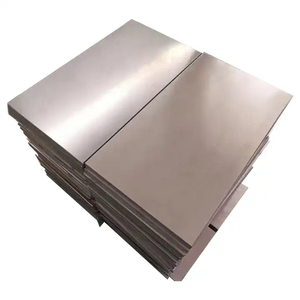
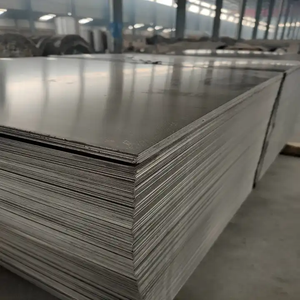


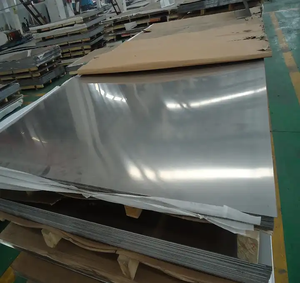


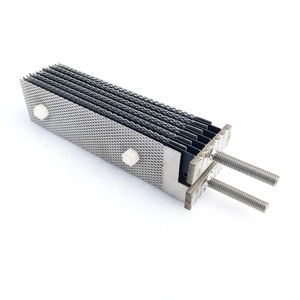


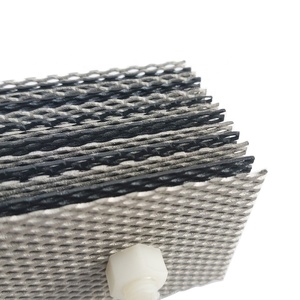














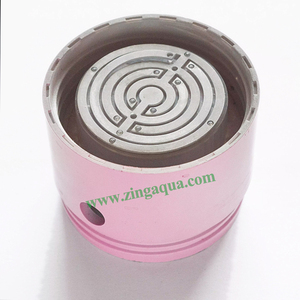
Platinum-coated titanium plates are known to serve even better than regular titanium because of the highly valuable platinum coating. The coatings are not just for beauty but actually offer strength and resistance in the harshest environments where the element may be exposed to chemicals or wear and tear.
The titanium plates can be found in types that include the following:
Commercially pure titanium plates
The commercially pure titanium plate type means that it is mostly titanium with room left for tiny traces of other elements. The CP titanium plates are known for high resistance to corrosion and, therefore, are used in the chemical processing and marine industries. The titanium plates are also lightweight but with a tensile strength that makes it among the strongest metals known.
Titanium alloy plates
Titanium alloy plates are CP titanium plates but with other metals added for strength, such as aluminum and vanadium. Titanium alloy plates are used in the aerospace and medical industries – for instance, hip or knee replacement plates – due to the exceptional biocompatibility. Still, there is no reaction on the human body.
Grade 5 titanium plates
Grade 5 titanium plates are a very popular alloy made of 90% titanium, 6% aluminum, and 4% vanadium. Grade 5 titanium plates are used in a wide array of industries from aerospace to marine technology, medical devices, automotive components, and oil and gas extraction equipment. The unique properties of this alloy, including high strength, lightweight, and excellent corrosion resistance, make it ideal for demanding environments.
Grade 23 titanium plates
Grade 23 is only a little different from grade 5. It has lower oxygen content to make it less brittle and therefore more suitable for surgical implants. The platinum-coated titanium plates are the ultimate in surgery, as platinum is inert and does not react with the body, increasing durability.
The platinum-coated titanium plates are stronger, have more resistance to corrosion and wear, and weigh less than steel, making them suitable for the most brutal environments.
Coating properties
The platinum coating gives the titanium plates an exceptional layer of corrosion resistance. Because platinum is inert, there will be no chemical reactions between the metal and substances it may come into contact with. It also means that coatings typically have a much higher resistance to acids, chlorides, and other corrosive agents than titanium alone.
Biocompatibility
The platinum on titanium means that the coated plates are non-toxic and easy to rust and thus do not interact with organic tissues. It makes platinum-coated titanium the preferred choice when implanting medical devices such as pacemakers, dental implants, and artificial joints.
Durability and wear resistance
The platinum coating improves durability by providing a harder surface than titanium alone. This makes the plates more resistant to scratching and wear, which is crucial for applications in high-stress environments or with frequent mechanical wear, such as aerospace or defense.
Lightweight
Titanium is still much lighter than steel and other heavy metals, up to 45% less in some variants, even with platinum coating. It is naturally beneficial to all industries where weight is a critical factor, especially in aerospace and transportation as well as in medical devices.
Thickness
These plates are available in thicknesses ranging from 0.5mm to 5mm.
Platinum-coated titanium plates are used in harsh environments, medical implants, and aerospace components where additional biocompatibility is required.
Chemical processing
The chemical processing industry deals with highly corrosive materials. It is, therefore, a major user of platinum-coated titanium plates. Other metals would rust or corrode; titanium doesn't. And since platinum is coated on titanium, it is strong and resistant to rust while the platinum makes it beautiful and more resistant to chemical reactions.
Medical implants
Everyone knows that titanium is used for implants because it doesn't react with the body. When platinum coats titanium plates are used for implants, it makes them even safer. Since platinum is inert, the implants can sit inside the body for years and still not cause any reaction – pacemakers, dental implants, hip, and knee replacement parts. The coating ensures that the implants become part of the body without any reaction at all.
Aerospace components
Platinum-coated titanium plates in aerospace components mean that the aircraft parts are super strong, weigh less than steel, and won't rust in the rarefied atmosphere. Spacecraft parts are also made with these plates, which must last through space conditions.
Marine applications
In the marine industry, there are vessels, underwater structures, and equipment that will suffer from constant exposure to saltwater. Any other metal will corrode, but not titanium. And platinum-coated titanium is the best there is for underwater use – ROV housings, deep sea sensors, and marine research equipment.
Electrical components
In electrical components, the use is seen in things like electrodes, connectors, and wiring in environments where other metals would degrade – battery technology and fuel cells.
Coating thickness
Choose your coating plate's platinum coating thickness as it will affect the plate's durability. The coating is done by electroplating, so it can be controlled to be as thick or as thin as required. Generally speaking, the thicker the coating, the more the plate will resist wear and corrosion but also become less flexible.
Grade of titanium
The grade of titanium selected depends on the intended use. For applications requiring higher strength, then use the alloy grades. Consider the titanium-grade number. Grade 5 is the most common of the alloyed ones. For medical or aerospace, there is grade 23 with lower oxygen content to reduce brittleness, thus suitable for these sensitive environments.
Alloy composition
Find out what alloy is used with the titanium. Some might have more aluminum or vanadium added than others, which improve the plates' tensile strength. It is especially crucial for components that will be heavily stressed or loaded in indeterminate circumstances.
Plating method
Electroplating is only one way of applying the platinum coat. Other methods include chemical vapor deposition and sputter coating. The ideal method depends on the application again, as each has advantages. Electroplating will be more cost-effective and good for electrical components, while CVD may give a more uniform and adherent coating for harsh environments.
Customization options
The coating can be tailored; what finish do you prefer: smooth or textured? Colour, too, can be worked on: silver-white or matte? Just how the titanium plate will respond to adhesion if you are thinking of adding other materials to it – custom coatings are available.
A1: Platinum is inert and does not react, so there is nothing to fear from the plate going rusty or corroded. It also means that titanium plates with platinum coating can be used internally in the human body for implantable devices and aerospace and deep-sea applications.
A2: Several methods are available for coating titanium plates: electroplating, chemical vapor deposition, and sputtering. The method to be chosen will depend on the application of the platinum-coated titanium plates.
A3: The difference between both grades is only the amount of oxygen contained in them, which makes them ideal for inert conditions. They are made for medical applications where the plates must become part of the body. Other metals would be underwater; no platinum titanium plate will attempt to ‘rust’ – it goes straight through hell's postal zone and back.
A4: Yes, platinum-coated titanium plates come in standard thicknesses consisting of 0.5mm to 5mm. Custom can also be ordered.
A5: The titanium plates are treated with electroplating, anodization, and surface etching.